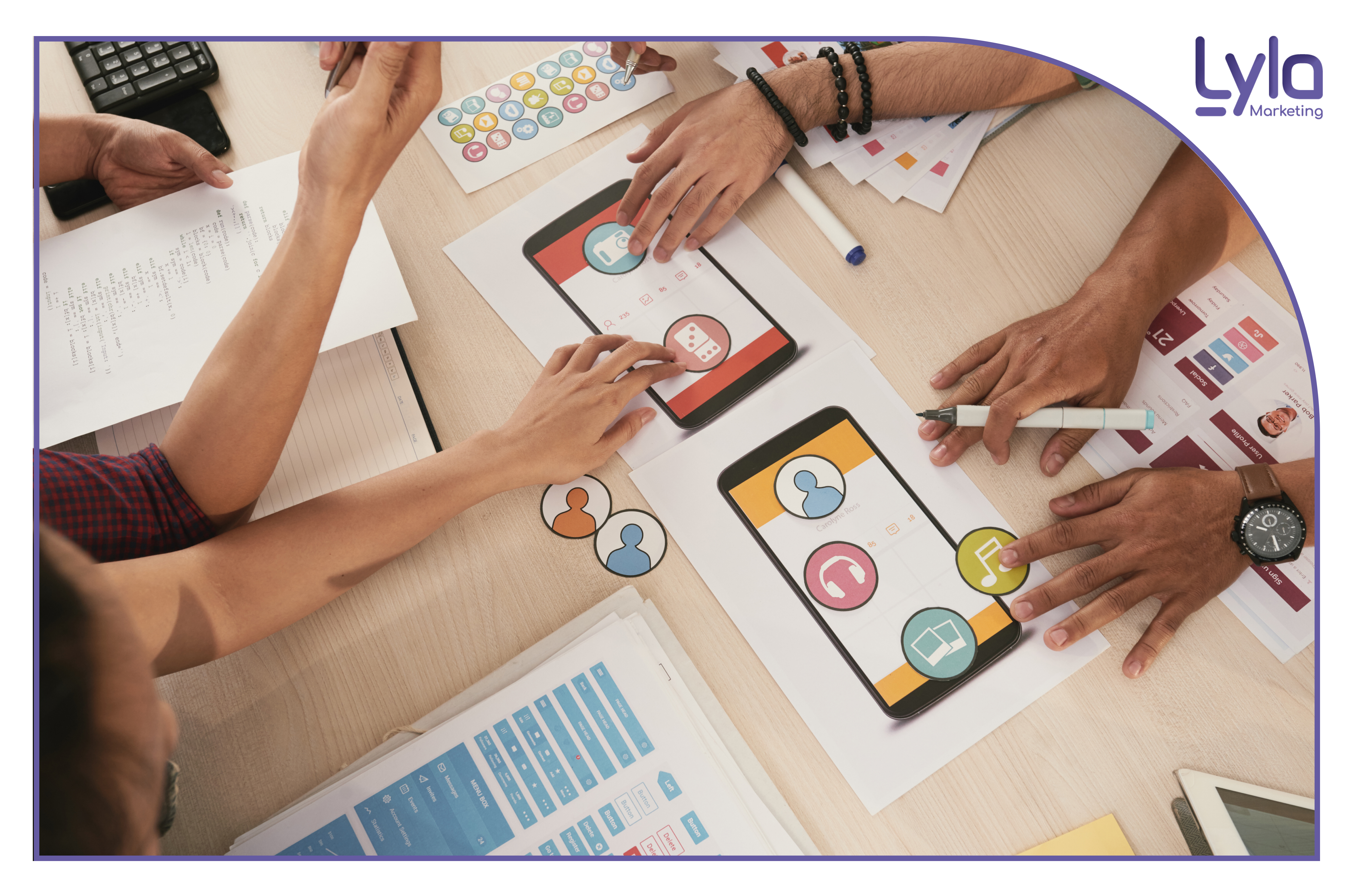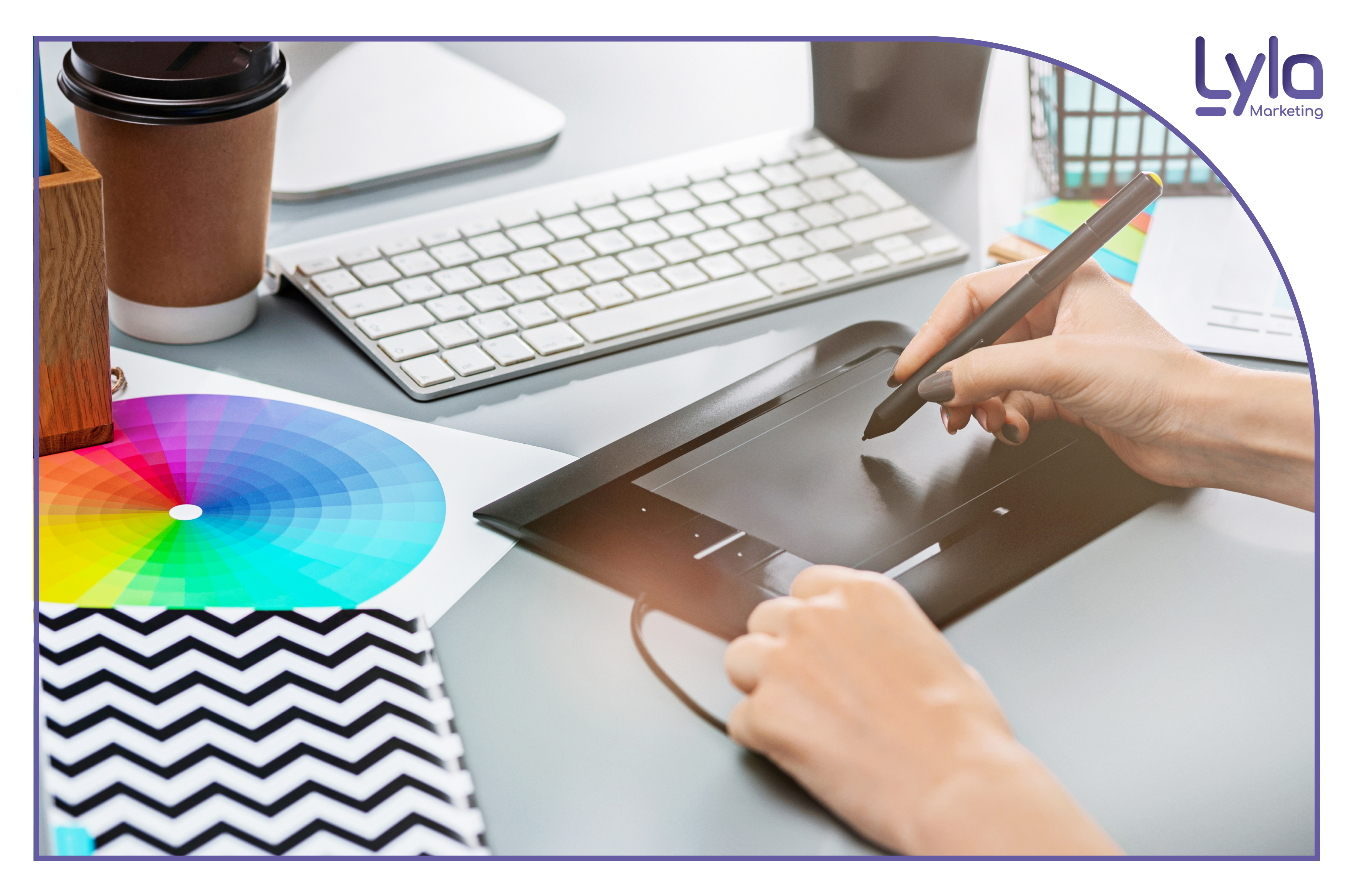
12 UX Designer Tools You Should Know About (From Beginner to Pro)
UX designers create beautiful user experiences and define how users use a product or service. UX designers use wireframing and prototyping tools. Many UX designers work in a UX/UI or product design team, so the most popular tools are collaborative.In this article, we want to introduce you to user experience design tools.
What will a user see when interacting with an app or service? What is a service’s user flow?
UX tools consider these factors. These tools help designers create layouts, prototypes, and user flows.
UX/UI designer tools cater to beginners and experts. Some tools can handle wireframing and interactive prototypes for UX design. Others focus on wireframes, prototypes, or icon design. Having the right tools makes a difference.
If you’re interested in UX design but don’t know where to start, read our guide. Read on for a list of UX design tools.
Best Designing Tools
UX designers use designing tools to create and edit design assets. These tools are used in UX and web designing:
Sketch
The sketch is macOS-only design software. It’s a vector-based design app used for website and app UI/UX. This collaborative tool helps designers hand off designs to team members and developers in web design, marketing, and development.
The sketch is powerful; users can add plugins and assets to change its functionality. The sketch is easy to learn and use, making it ideal for beginning UX/UI designers.
10 Necessary skills for a user experience designer
Adobe Photoshop
Adobe Photoshop is a popular graphic design tool for Mac, Windows, and iPad. Graphic designers and photographers consider it one of the best image manipulation tools on the market.
Photoshop is a powerful image editor. It’s powerful, but the learning curve is steep. There are many resources for learning Photoshop. Adobe’s website and application offer tutorials, but it’s not the most beginner-friendly tool. Anyone wanting to enter a design-focused field should invest time and effort.
Adobe Illustrator
It is one of the user experience design tools. Adobe Illustrator is part of the Adobe Creative Suite for macOS and Windows.
Illustrator is widely used to create web graphics, icons, and UI elements. It creates vector graphics that can be resized without losing quality, making it an excellent tool for creating logos for websites, apps, and print pieces. Adobe Illustrator can do a lot, but it’s not the best choice for beginners. Mastering the application can boost a designer’s skills.
Best Prototyping tools
Prototyping tools allow designers to showcase a design’s look and feel through interactivity:
InVision
InVision lets UX/UI designers create mockups and interactive prototypes. Spotify, Amazon, HBO, and Netflix use the program, making it great for design professionals or those who want to work at a large company. Cloud-based tools work across devices and operating systems.
InVision transforms designs into interactive prototypes. It helps designers create low- or medium-fidelity prototypes with basic animations.
InVision has a free tier with limited functionality to help designers get started. The $9.95/month Pro plan allows unlimited document creation and collaboration.
Proto.io
Proto.io is a drag-and-drop web app that creates application prototypes. The app helps designers create interactive mockups with standard UI elements and transitions and saves them in the cloud for easy access, updates, and collaboration.
Proto.io creates high-fidelity prototypes and designs. This makes the program difficult to learn, but once you do, you can create an amazing website and app prototypes.

Adobe XD
It creates wireframes, prototypes, mockups, and full designs. iOS and Android versions help you preview mobile designs on Mac and Windows.
Adobe XD allows UI and UX designers to create interfaces and prototypes for websites, mobile apps, and more. These designs can include animation and interaction, allowing quick iteration and collaboration. User experience design tools Adobe XD allows UI and UX designers to create interfaces and prototypes for websites, mobile apps, and more. These designs can include animation and interaction, allowing quick iteration and collaboration.
Best Wireframing Tools
Wireframing occurs early in UX design. Wireframes are quick, basic, low-fidelity designs of a website, product, or service. Designers can create and iterate on wireframes quickly, making changes before polishing designs.
Beginners and advanced UX designers can use these wireframing tools:
Balsamiq
Balsamiq focuses on quick, iterative, low-fidelity designs that prioritize structure and content over details. Wireframing should be fast so you can generate ideas and find solutions quickly. Balsamiq has fewer features than some other tools, which is a benefit. The app’s pared-down feature set focuses on creating wireframes quickly and efficiently.
UXPin
UXPin is a web-based wireframing, design, and prototyping tool. Learners can use the service for free by providing their learner IDs.
UXPin can take wireframes, prototypes, and final designs across devices. UXPin’s collaboration tools speed up design and prototype sharing. Learning UXPin can help you land a job with HBO, PayPal, Microsoft, and Netflix.
The tool is easy to learn, full-featured, and deep, making it great for beginners and freelancers learning UX design.
Free UX Tools
Many of the tools we’ve discussed require a monthly or yearly subscription, but what if you’re just starting? Free UX tools are listed.

Figma
Figma is a free online UI/UX/graphic design/wireframing tool. Web-based apps work on any computer with a web browser.
Figma is free for individuals and small teams and offers limited collaboration tools in their free tier, similar to Google Docs. It’s easy to use and offers design tutorials for beginners.
Figma’s paid versions are used by designers in many industries. Figma is a great option for beginning designers because it can help them land a job.
Justinmind
Justinmind is free tier helps UX designers create wireframes, low-fidelity, and high-fidelity prototypes. It’s available for macOS and Windows, making it great for beginners and pros.
Justinmind lets designers create apps and view them on a desktop, tablet, or smartphone, making it a great option for designers deploying across platforms. It offers collaboration tools and easy sharing with clients, supervisors, and others.
Free accounts include collaboration and cloud storage; upgraded web interactions, gestures, and mobile device simulations cost $9/user/month. Justinmind’s free tier is ideal for UX design beginners.
GIMP (GNU Image Manipulation Program)
It is a free, open-source image editor, drawing, and illustration program. macOS, Windows, and Linux are supported.
IT is an open-source project developed by volunteers in their spare time. It’s free for life, so it’s a great Photoshop alternative. While GIMP lacks Photoshop’s features, it can help you start as a UX designer without a big investment.
Learning GIMP is a cost-effective way for beginners to master the basics of design and prepare for a UX design career.
Final Thoughts
As we’ve seen, many tools exist to help UX/UI designers. Others focus on customer journey maps, wireframes, etc. Some offer all-in-one designer toolkits. You can find high quality user experience design tools for any stage of the design process to make your life easier and improve team collaboration.

